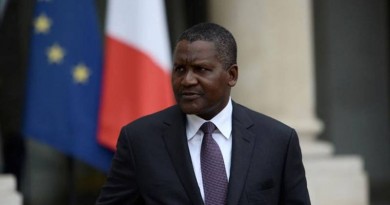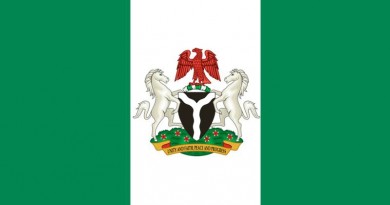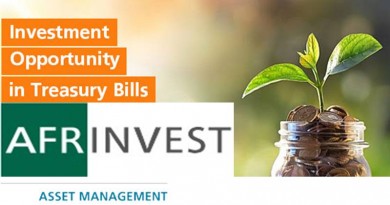There is nothing stopping the dollar now, HSBC’s chief forex strategist says
The U.S. dollar is a major buy and is basically unstoppable, if you listen to the advice of HSBC’s chief currency strategist.
“There’s nothing to stop it at the moment,” David Bloom, the bank’s global head of foreign exchange strategy, told CNBC’s “Squawk Box Europe” on Tuesday. “As we argued, the greenback is back, the cyclicality of the U.S. economy is superb.”
Bloom attributed part of his forecast to the fact that the U.S. Federal Reserve is on track to raise interest rates at a fair clip this year on the back of robust economic indicators, while other G10 central banks are constrained from doing the same.
“There’s nothing I could possibly imagine that could stop the Fed in the next couple of weeks from going again, and there’s nothing I could possibly imagine that’s going to stop the ECB (European Central Bank) from doing nothing at its meetings,” he said. “So there you’ve got the diversity of monetary policy: one of the engines of growth powering ahead, and the other spluttering along the tracks and needing a push by the policymakers.”
The dollar has rallied by more than 6 percent since mid-April, and fell to a year low of 1.1659 against the euro at the end of May before picking up slightly to 1.1716 Tuesday at 9 a.m. London time.
The U.S. economy powers on
The bullish outlook shatters a broad consensus in January that 2018 would be another weak year for the dollar, with major lenders like Goldman Sachs predicting the greenback would continue to be “soggy” compared to other currencies.
HSBC argued against this, forecasting that positive cyclical drivers would either offset or, as it now appears, overrun structural and political headwinds.
The British multinational bank now points to cyclical factors rather than structural ones as driving the USD bounce. In the last few months, U.S. jobs and wages data have exceeded expectations, pushing up inflation expectations and increasing the likelihood that the Fed will “match its dots,” as Bloom described, “confounding the market’s more dovish stance.”
And while the Fed continues along its policy-tightening path, others around the world are hesitating. Particularly in Europe, in the face of softening growth numbers and political uncertainty coming from countries like Italy and Spain, the central bank seems to have its hands tied.
The U.S. economy added 223,000 jobs in May, versus economist estimates of 190,000, while the unemployment rate fell to an 18-year low of 3.8 percent. Average hourly earnings rose by 0.3 percent, up one-tenth of a point from April.
The Fed’s monetary policy committee has indicated two more interest rate hikes as likely for this year, in addition to one it approved in March.
Plenty of ‘juice in the tank’
And HSBC is more bullish about the greenback than most others, something of which it aims to take advantage. “We don’t think positioning is that heavy, no-one is mega-long dollars — people are getting more to the neutral side from being bearish, so there’s plenty of juice in the tank, baby.”
In terms of downside risks, multilateral finance organizations like the International Monetary Fund (IMF) and the Organization for Economic Cooperation and Development (OECD) as well as numerous banks have pointed to trade tensions as something that could throw a wrench in this upbeat forecast. Other economists have called the buck’s rally unsustainable, pointing to wider U.S. fiscal imbalances and climbing debt.
Bloom disputed this, saying that not only do negative drivers for the dollar appear already embedded within its price, but that fears of a trade war are overblown.
“It’s a bit of tit-for-tat, but I wouldn’t call it a trade war… these things happen, I think people are getting a bit alarmist about it,” he said.
The Donald Trump administration announced Thursday that it would be imposing 25 percent and 10 percent tariffs on steel and aluminum, respectively, coming from Mexico, Canada and the European Union after having already imposed the same tariffs on the rest of the world. Negotiations are also underway to ease a trade spat with China, where both countries have threatened to place high levies on billions of dollars’ worth of each other’s goods.
Pace ‘a bit alarming’
Still, the pace of the dollar’s rise has taken many, including Bloom, by surprise and certainly presents risks of its own. A rapidly-strengthening dollar has put mounting pressure on emerging markets with dollar-denominated debt, and threatens bringing about a global recession more quickly.
“The pace has been a little bit alarming, I am worried about it,” the strategist said, explaining that forecasts previously saw the dollar achieving its current pace by the end of this year, not in a matter of six weeks or so. “It seems to have calmed down a bit, but I don’t think the move is over. But I think the pace hopefully has calmed down, because we can’t continue the way we’re going.”




